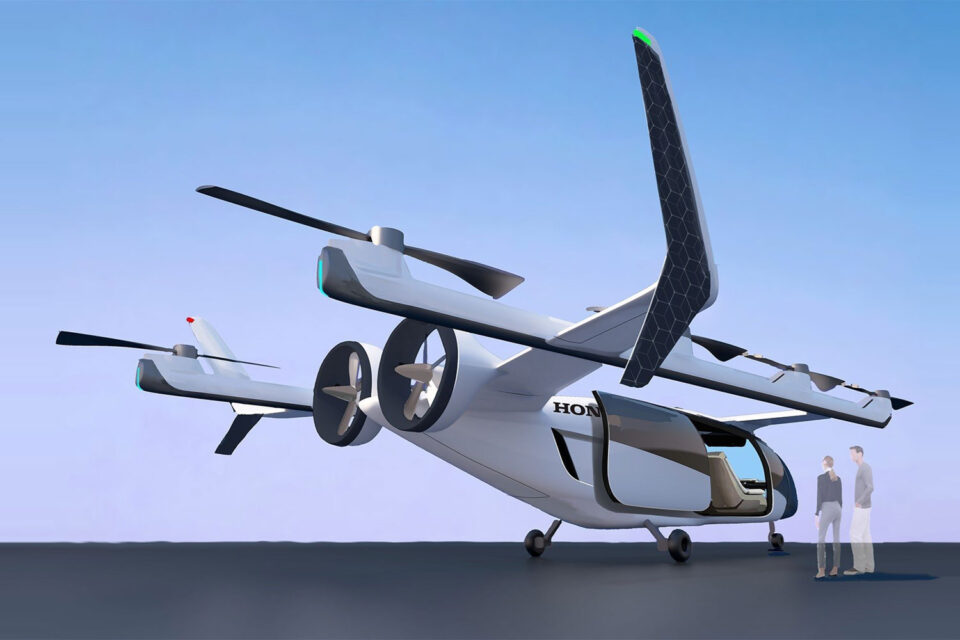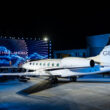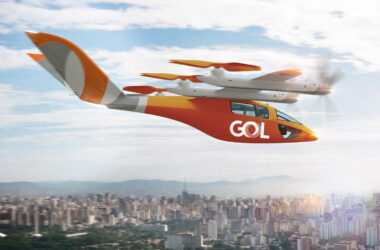Honda is expected to expand its presence in the aerospace industry, but after launching the HondaJet business jet, the manufacturer will focus on innovation, including a space launch platform and an eVTOL.
The set of actions called “Vision 2030” includes objectives such as zero environmental impact and traffic accidents, but also projects involving space exploration and even missions to the moon.
Among the most interesting proposals is the entry into the Urban Air Mobility segment, but Honda decided to opt for hybrid propulsion technology instead of an energy source exclusively based on batteries.
According to the company, the manufacturer’s eVTOL will have an autonomy of 400 km and will be aimed at regional connections.

The aircraft will be part of a ‘mobility ecosystem’, which will be complemented by cars and motorcycles as well as the HondaJet.
Reuse of existing technology
For Honda, “all-electric eVTOL aircraft face a range issue due to limited battery capacity, therefore the realistic use area is limited to intra-city (inside city) transportation.”
Instead, the company says it will equip its plane with a gas turbine hybrid power unit. The aerial vehicle will take advantage of several technologies developed in other projects that even include its performance in race competitions such as Formula 1.
The concept aircraft presented by Honda has two rear propellers and eight lift rotors. There are no technical details or specification disclosed, however.
The manufacturer also does not make predictions about the entry into service of the aircraft, just says that all initiatives “are challenges that Honda takes on in new areas”.







